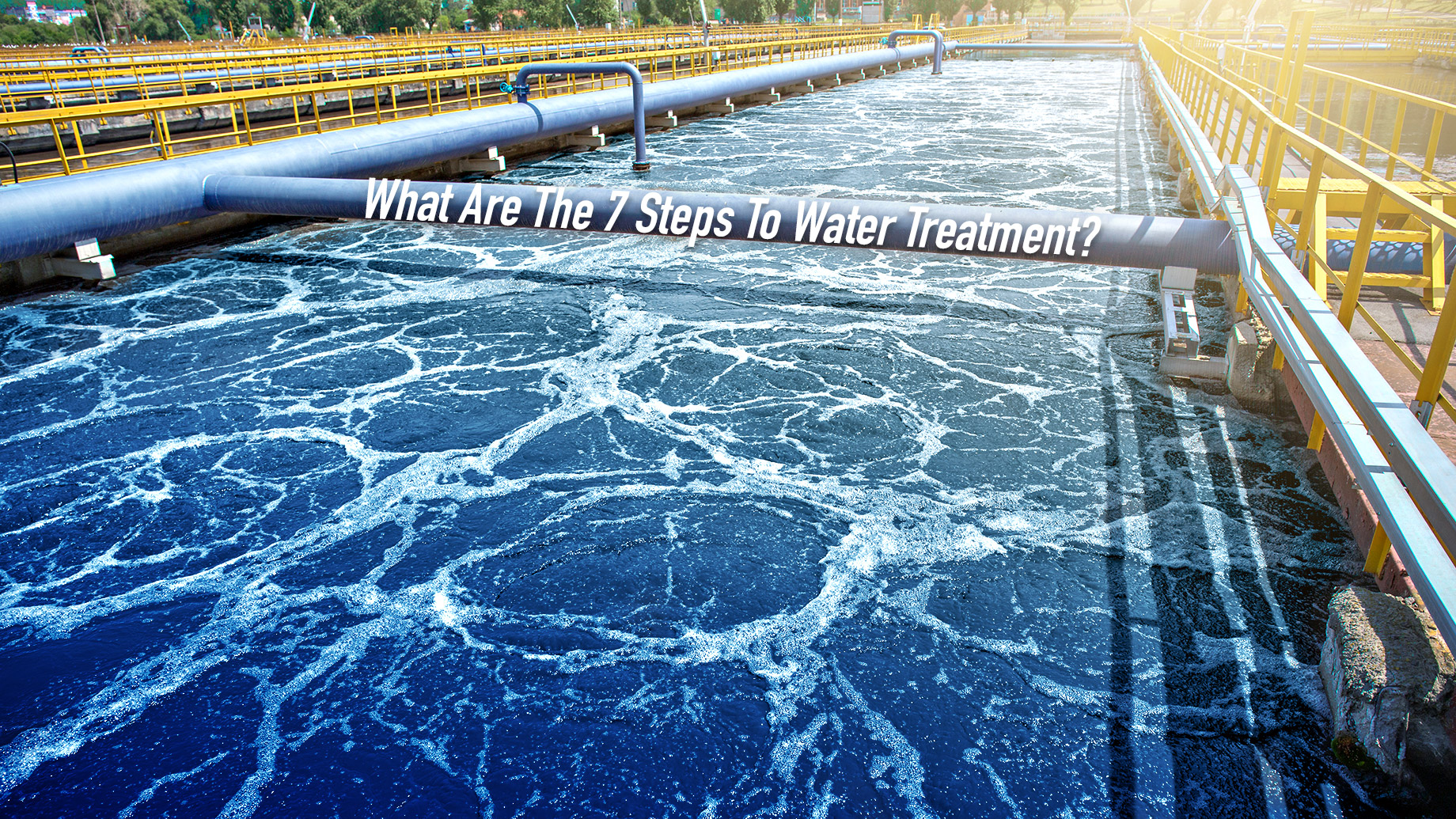
In the US, 92 percent of US drinking water meets all EPA safety requirements. This high level of water safety is thanks to the country’s strict water treatment processes.
Water treatment involves removing all substances, whether biological, physical, or chemical. As a result, we have safe, clear, palatable, colorless, odorless, and non-corrosive water. But what are the main steps that water has to go through before it reaches your family’s faucets?
Keep reading to learn more about water treatment systems and processes in this step-by-step guide!
Step 1: Collection
The source water for a water treatment plant is usually a local river, lake, or reservoir. Often, the collection process involves a series of pumps and pipelines for transporting the water for processing. Water treatment companies tend to use gravity water flow as much as possible. This reduces the cost of pumping this water.
Step 2: Screening & Straining
Lakes and rivers often contain a range of different materials of varying sizes, from tiny microorganisms to tree trunks. Water treatment companies screen out these out bigger items with a large metal screen. One of the most important water treatment jobs involves the regular checking and cleaning of these screens.
Step 3: Coagulation & Flocculation
Water treatment systems must then add chemicals with a positive charge to the water. The positive charge of these chemicals neutralizes the negative charge of dirt and particles in the water. These particles then bind together to form heavier, larger particles, which are called floc.
Step 4: Sedimentation & Clarification
During sedimentation, the heavier floc settles to the bottom of the water supply. A rake then scrapes away the settled floc to clarify the water before filtration. This avoids overloading the filters with large unwanted particles.
Step 5: Filtration
Clarified water enters the filters from the top, as gravity pulls it down to be collected in a drain system for filtering. Sand and gravel were once the most common filtering materials. Now, most water treatment systems use granular activated carbon. Some advantages include its excellent mechanical filtration and ability to remove organic compounds.
Step 6: Disinfection
Next, water treatment companies add chlorine to destroy any remaining bacteria and viruses. That said, even after disinfection, your water may still be hard due to significant amounts of dissolved calcium and magnesium. You can check your water hardness by zip code, or with a home water filtration system.
Step 7: Storage & Distribution
Once disinfected, the companies store this water in underground storage tanks called “clear wells”. For high-quality custom storage tank solutions, you can trust professional storage tank manufacturers to deliver exceptional performance and durability. Underground pipelines all over town distribute this water via underground pumps, overhead water storage tanks, fire hydrants, and front yard water meters.
The Steps Involved in Water Treatment
As this guide shows, there are a lot more steps involved in the water treatment process than many people realize. But, when combined, they work together to ensure that the country has access to safe and healthy drinking water at all times.
Want more news updates and informative insights? Be sure to check out our other posts for all the latest tips, tricks, and how-to guides!